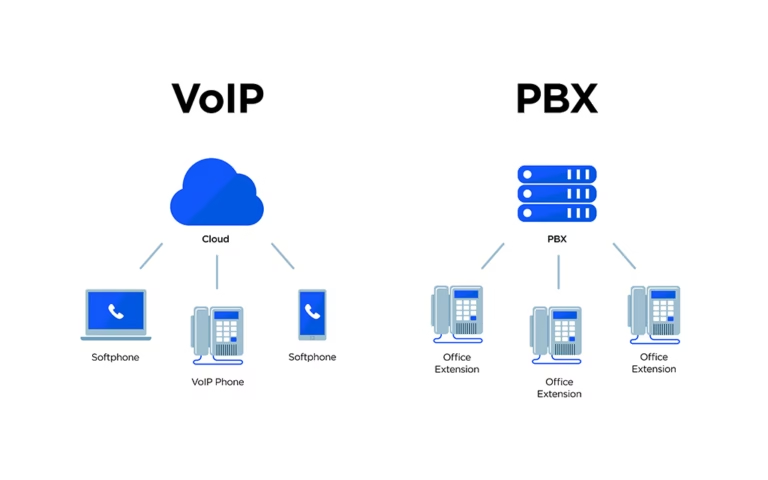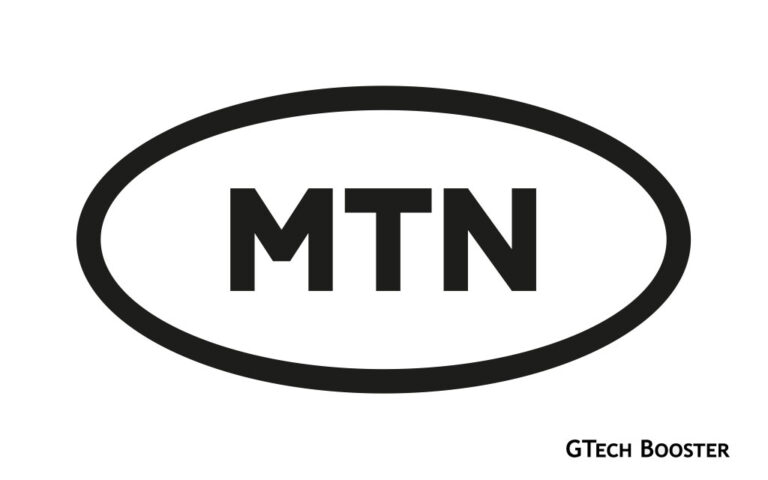5G seeks to slice up the network into efficient pieces for market
because the future of 5G services is going to be virtualized, it's going to leverage the distributed telco cloud.

5G network slicing is a technology that divides a single physical 5G network into multiple virtual networks, or “slices,” each optimized to efficiently serve different purposes or market needs. Think of the physical network as a shared infrastructure that can be “sliced” like a pizza, where each slice is customized to meet specific requirements such as bandwidth, latency, security, and reliability tailored to various applications or customer segments.
5G network slicing
Network slicing works through three key layers:
- The forwarding layer allocates network resources such as bandwidth and latency to each slice without interference.
- The control layer manages the network’s topology and forwarding behavior specific to each slice.
- The management layer oversees the lifecycle of the slices, ensuring they meet service-level agreements (SLAs) and adapt to changing demands.
This approach allows operators to offer differentiated network services to multiple markets or use cases over the same physical infrastructure. For example, one slice could support ultra-reliable, low-latency communications for autonomous robots in a smart factory, while another slice handles massive IoT sensor connections, or yet another provides high-throughput bandwidth for video streaming.
Principal 5G Slice Types and Use Cases
Intro to 5G Network Slicing
Network slices can be customized for various market needs, including enhanced mobile broadband (eMBB) for high data rates, massive machine-type communications (mMTC) for large-scale IoT, and ultra-reliable low-latency communication (uRLLC) for critical business applications, all running independently but efficiently on shared physical resources.
Slicing offers market players the ability to monetize and tailor network capabilities precisely, improving resource efficiency, service flexibility, and customer experience by segmenting the network for specific purposes economically and technologically into efficient virtual pieces, each optimized for different market demands, enabling operators to serve diverse customer needs using the same shared physical network infrastructure.











